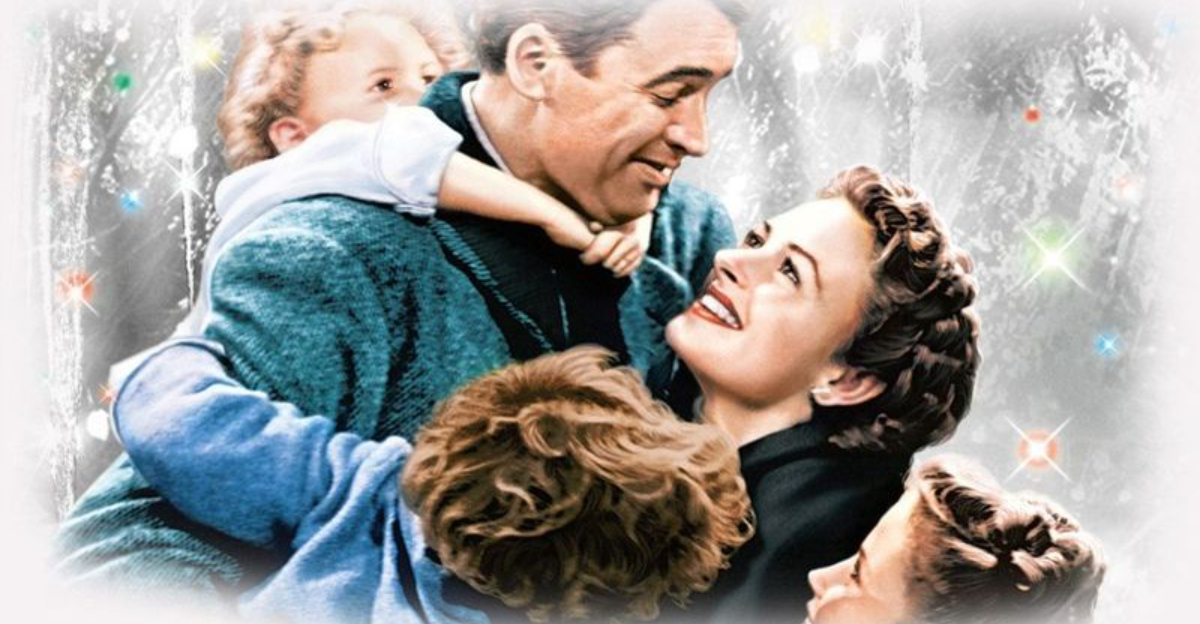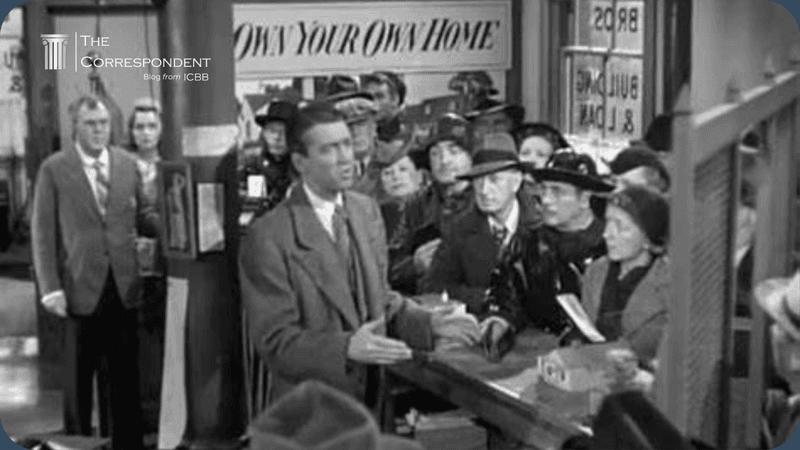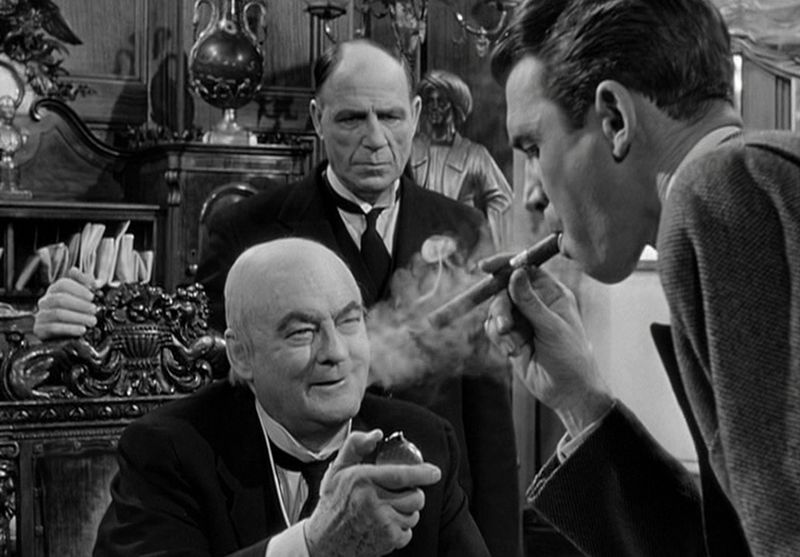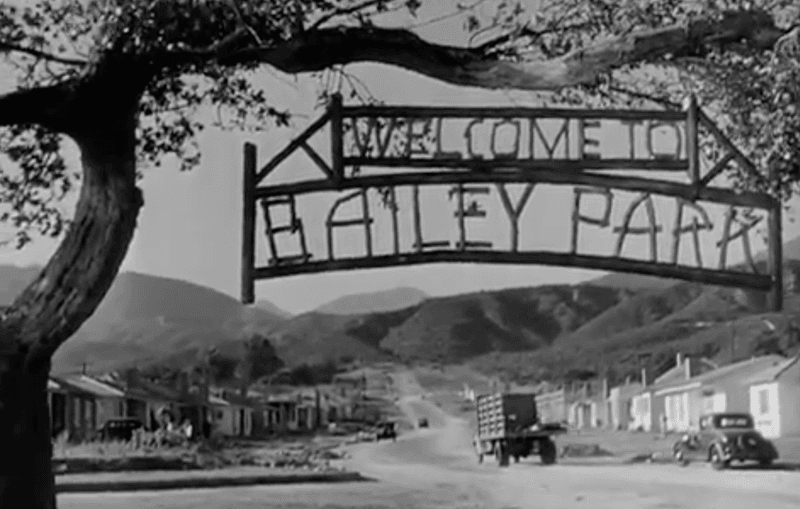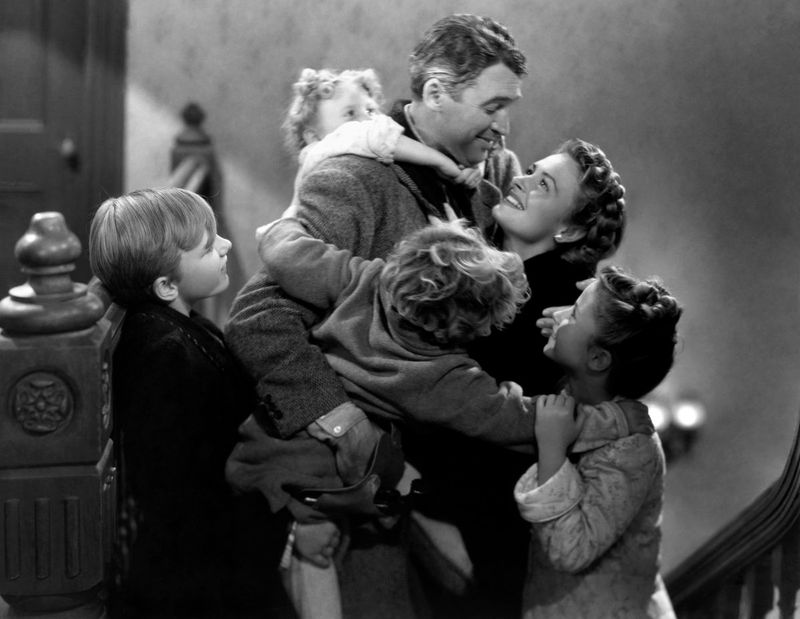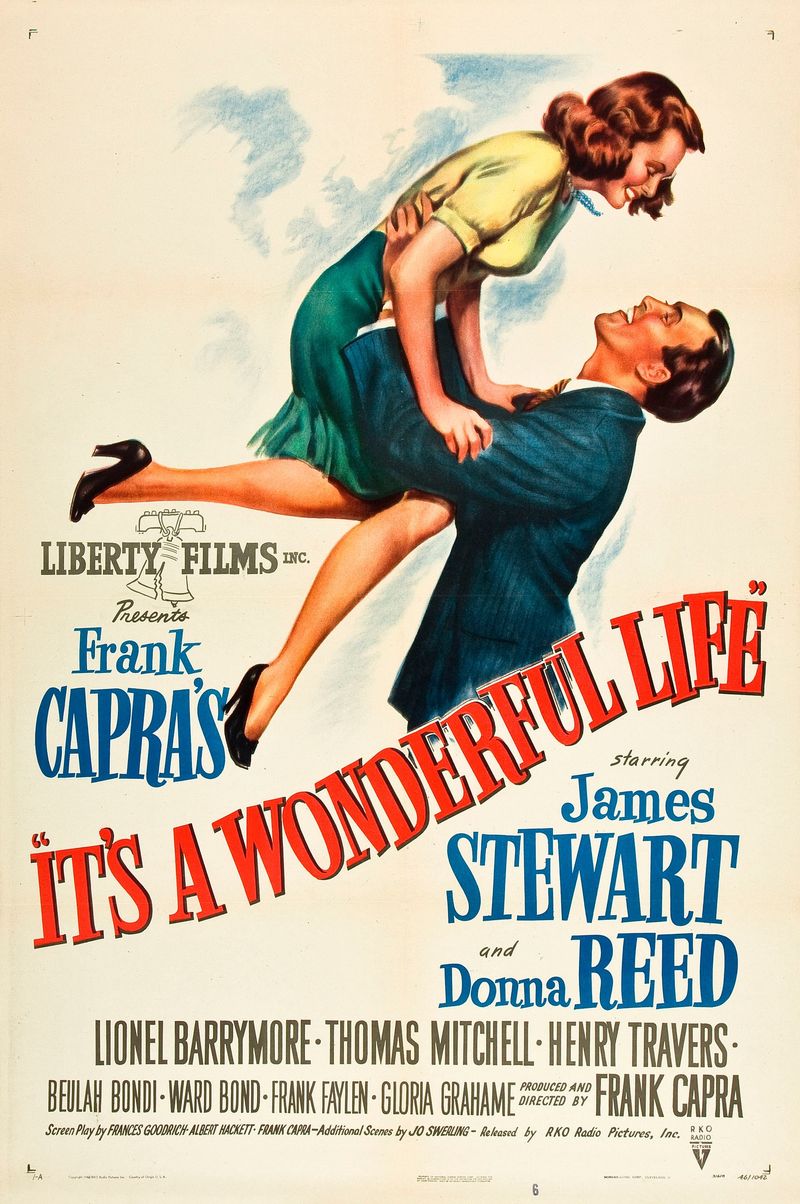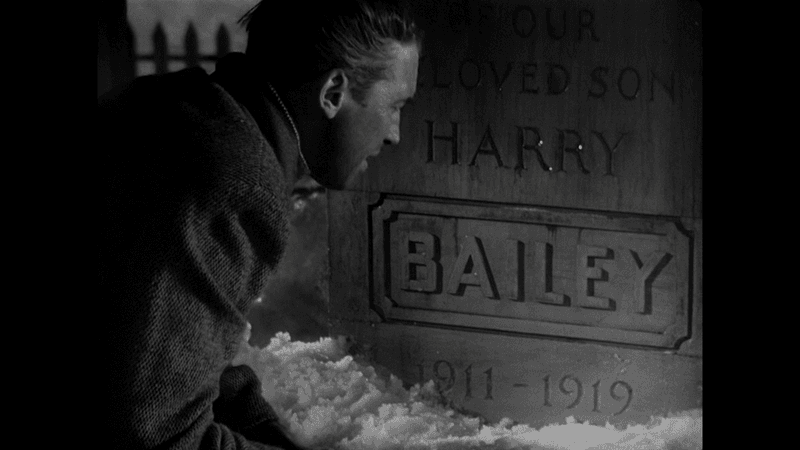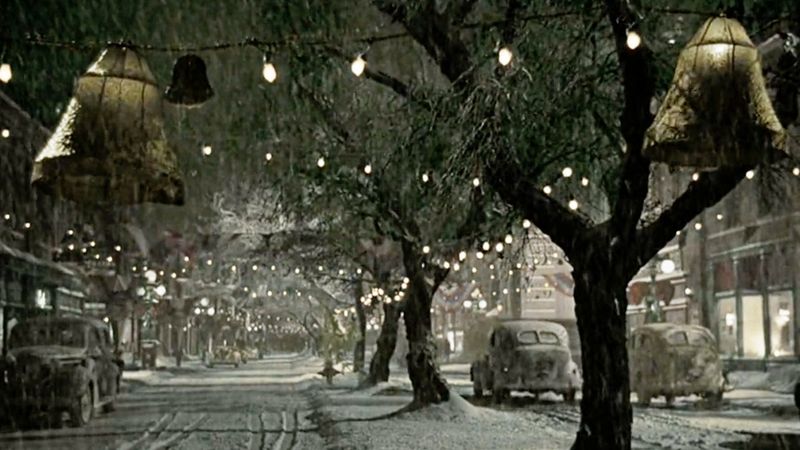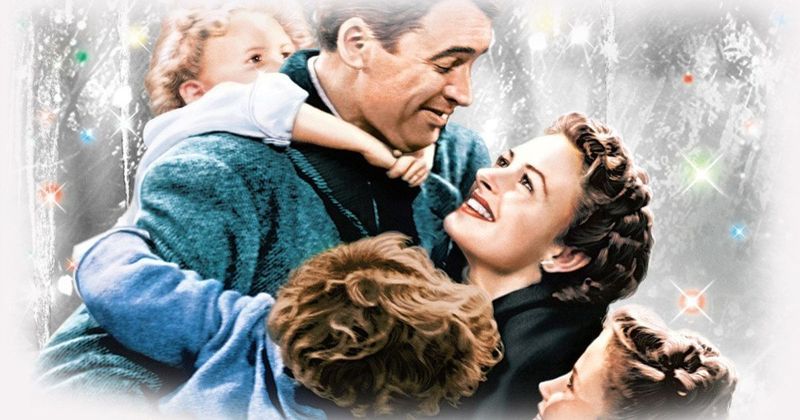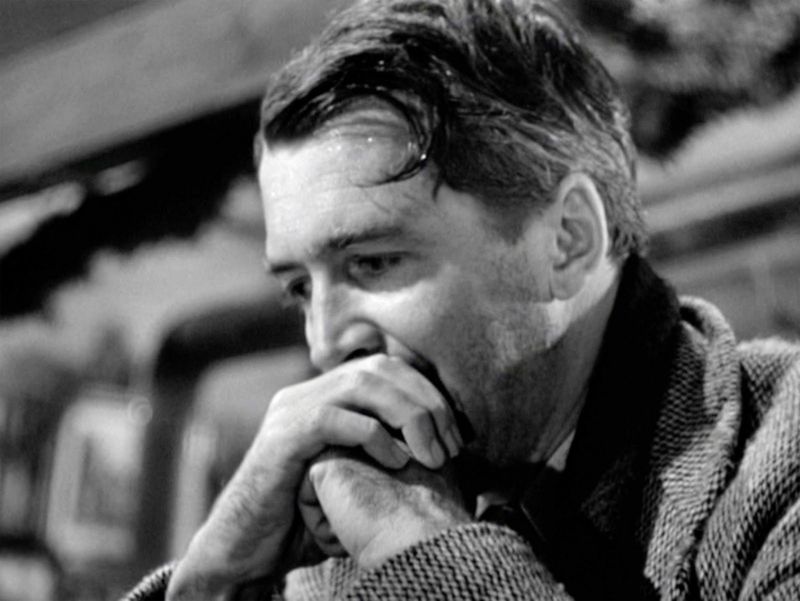Frank Capra’s 1946 classic ‘It’s a Wonderful Life’ continues to warm hearts during holiday seasons across America.
The story of George Bailey and his journey of self-discovery in Bedford Falls captures something timeless about the American spirit.
Though released shortly after World War II, this beloved film still resonates with modern audiences by highlighting values we recognize as fundamentally American.
1. Community Over Self-Interest
George Bailey repeatedly sacrifices his dreams of adventure and wealth to serve his hometown. When the Building and Loan faces collapse, neighbors pool their savings to rescue the institution that helped them own homes.
This portrayal of mutual support echoes America’s historical barn-raisings and community efforts. The film suggests true American character means putting community welfare above individual gain—a message that challenges today’s individualistic culture yet remains deeply embedded in our national identity.
2. Fighting Against Corporate Greed
Mr. Potter embodies unchecked capitalism, attempting to monopolize Bedford Falls without concern for citizens’ welfare. George’s stubborn resistance represents America’s tradition of standing against powerful interests.
From trustbusters of the Progressive Era to modern consumer advocates, Americans have long fought economic exploitation. The film’s portrayal of this struggle remains startlingly relevant in our era of corporate consolidation and widening inequality, reminding us that economic fairness is a core American value.
3. The American Dream of Homeownership
Bailey Building and Loan helps working-class families escape Potter’s slums and achieve dignified homeownership. The film presents housing not merely as shelter but as foundation for community belonging.
Bailey Park represents a uniquely American vision where ordinary citizens deserve quality homes. This aspect of the film reflects the post-war housing boom that transformed American society. Today, as housing affordability challenges many communities, the film’s vision of accessible homeownership remains a powerful American aspiration.
4. Immigrant Contributions to American Society
Giuseppe Martini’s family represents how immigrants enrich American communities. Their journey from renting to homeownership and business ownership embodies the immigrant success story central to American identity.
When Martini offers money during the bank run, we see immigrants not as outsiders but as vital community members. The film celebrates America’s immigrant heritage without ignoring integration challenges. This portrayal resonates today as immigration remains both essential to American society and a source of ongoing national debate.
5. Individual Impact on Community
Clarence shows George how profoundly one person shapes a community. Without George, Bedford Falls becomes the corrupted Pottersville, demonstrating how individual moral choices ripple outward.
This visualization of interconnection reflects the American belief that ordinary citizens matter. The film argues against cynical withdrawal from civic life. George discovers his seemingly small contributions—preventing foreclosures, supporting friends, treating others with dignity—collectively transform his community, a powerful message about American citizenship.
6. Defining Success Beyond Material Wealth
George initially equates success with world travel and skyscraper building. His journey teaches him true wealth lies in relationships and community impact.
The film’s climactic scene—neighbors eagerly contributing to save George—offers a powerful counternarrative to purely financial measures of achievement. This redefinition of success resonates with Americans’ complex relationship with materialism. While celebrating economic opportunity, the film suggests authentic American success combines prosperity with human connection.
7. Service and Sacrifice in Wartime
Harry Bailey returns as a war hero, but the film equally honors George’s home front contributions. This balanced portrayal acknowledges diverse forms of patriotic service during national crisis.
Released after World War II, the film spoke to audiences familiar with sacrifice. George’s 4F classification (medically unfit for service) didn’t prevent his essential civilian contributions. This nuanced treatment of service remains relevant as Americans continue debating how citizenship obligations extend beyond military duty.
8. Small-Town Values in American Identity
Bedford Falls embodies small-town America as a moral counterweight to urban materialism. Its neighborly interactions, local businesses, and community institutions represent an idealized American community.
While the film acknowledges small-town limitations (George yearns to escape), it ultimately affirms these communities as repositories of authentic American values. This tension between small-town roots and big-city ambitions remains central to American self-understanding, especially as technology and mobility transform community connections.
9. Family as Foundation of Society
The Bailey household—chaotic yet loving—stands at the film’s emotional center. Mary and George’s partnership, their children, and extended family create a supportive foundation enabling George’s community contributions.
The film portrays family not as perfect but as resilient through hardship. This depiction of family as both private haven and platform for public engagement reflects American family ideals. While family structures have diversified since 1946, the film’s emphasis on family as building block of community remains deeply American.
10. Redemption and Second Chances
George’s darkest moment—contemplating suicide—transforms into his greatest revelation. This narrative arc embodies the American belief in redemption and fresh starts.
From religious revivals to rehabilitation programs, American culture consistently offers paths to renewal. The film’s angel Clarence represents divine intervention, yet salvation comes through community connection. This message that mistakes needn’t define us continues resonating with Americans navigating personal and collective challenges.
